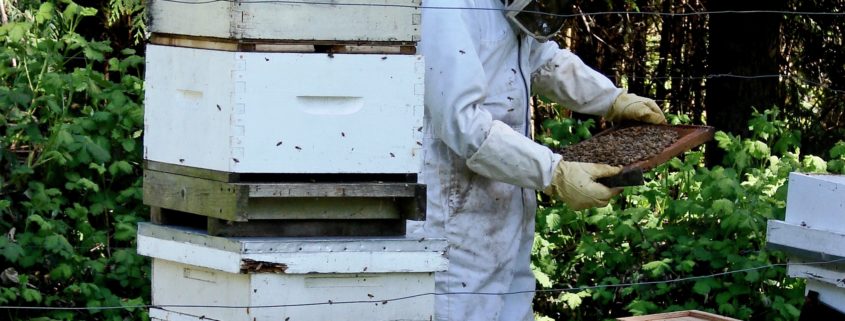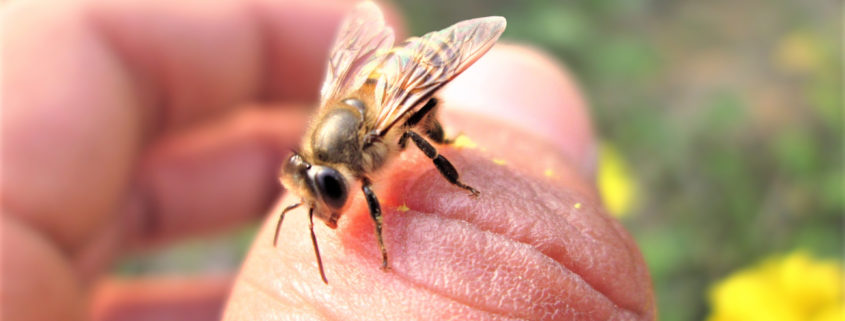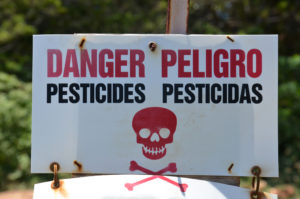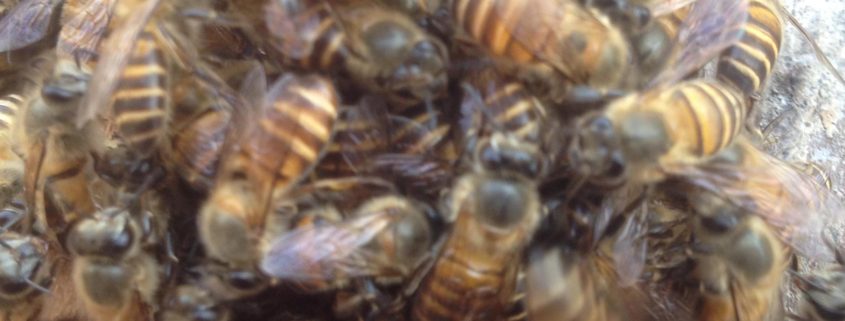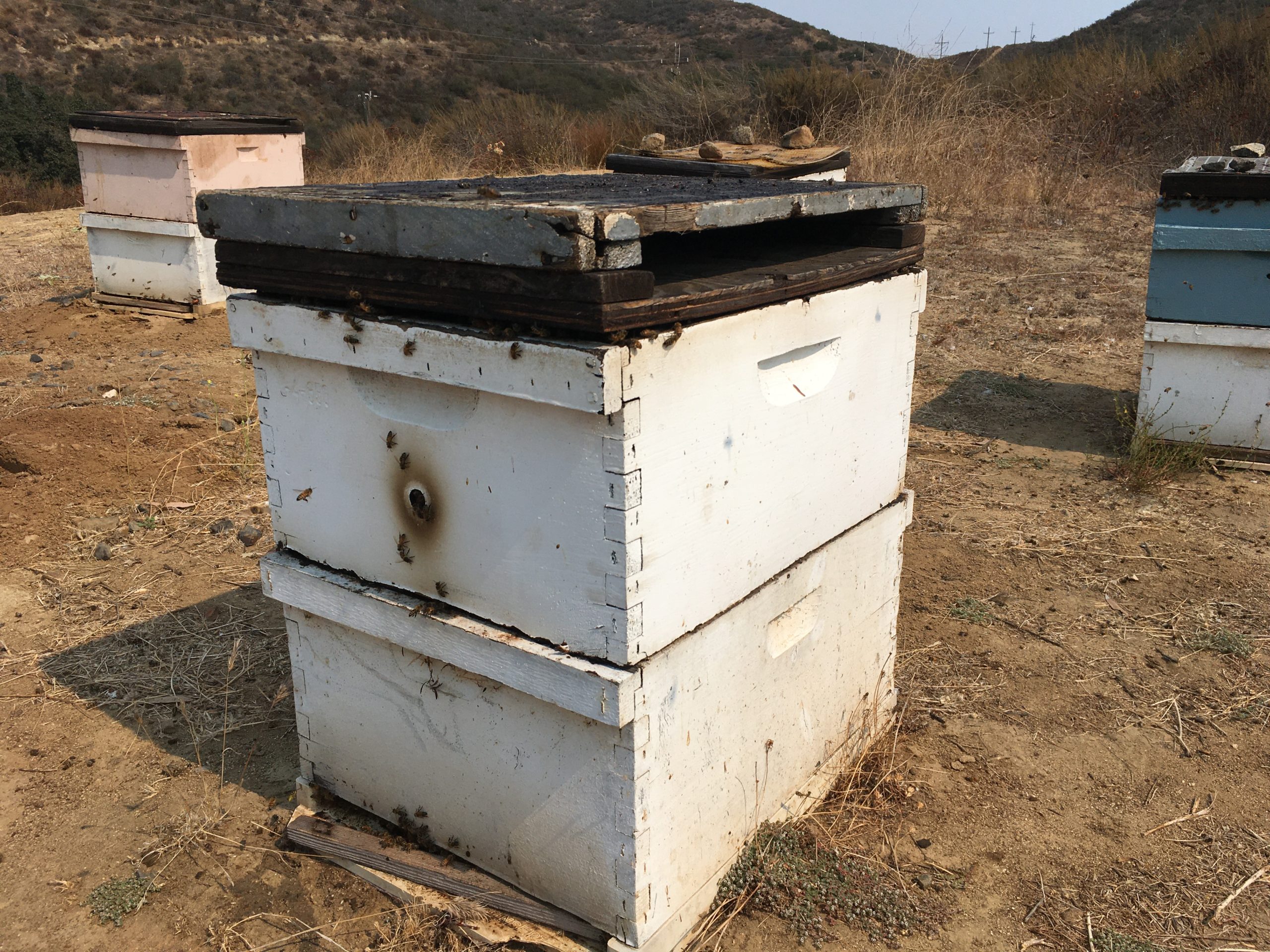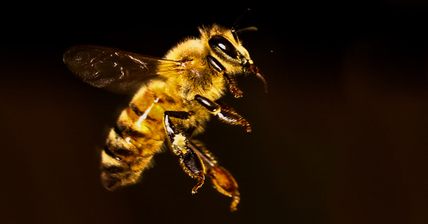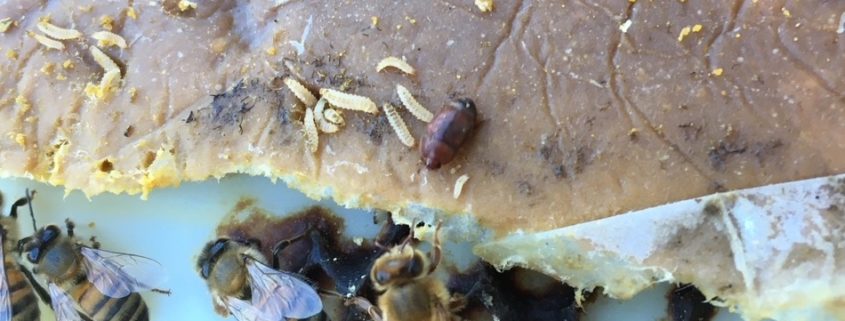Is it Better to Keep Bees at Home or in an Outside Apiary?
As an aspiring beekeeper, you can choose to keep your honeybees at your home, on your property in places such as your backyard or rooftop (depending on your local laws). You can also choose to keep your bees on a hosts’ property at an outside apiary.
Which is right for you? Home apiaries are not only very convenient, but the proximity allows you to closely monitor the bees and protect them against pests such as ants. It also allows you to regularly enjoy the bees and work with them on your own schedule — whenever you’re free or whenever the feeling strikes.
While it can be great to have the bees on your property, some aspects of at-home apiaries are less enjoyable. There may be issues with local zoning laws that prevent you from beekeeping how you’d like, depending on your location. Neighbors and house guests may worry about having the bees around, and you’ll need to be vigilant if any children or pets visit your home so that no one gets stung.
Outside apiaries are an alternative to at-home beekeeping. Setting up your apiary in the countryside can provide you with a beautiful destination, along with a built-in an excuse to get out of the house and enjoy nature. Outside apiaries can be located away from people, so there is less reason to worry about upsetting neighbors or anyone being stung by the bees.
Since you must travel to an outside apiary, however, you must plan more and have an organized way of transporting your supplies. An offsite location may require you to have a truck, especially for loading supers of honey. Moving honey from an outside apiary can often be a heavy, messy task that requires more work and investment than when you are at home. Outside apiaries can also require tenants to provide an appropriate amount of honey to the owners about once per year, in exchange for use of their land.
If you are considering keeping your bees at an outside apiary, here are some questions you should consider to help you decide:
- Is the apiary accessible by car?
- How long is the drive to and from the apiary?
- Do you have the time to make the drive regularly?
- What are the wind and weather conditions at the apiary location?
- Will bees be safe from predators or possible vandals at the apiary?
- Is the apiary located in an area with sufficient flowering plants?

